


Published 28 June 2023 Last updated 12 July 2023 Driving instructor Annie Winterburn has some great advice for you if you’re struggling to pass your theory test.
Read More
Published 22 June 2023 Last updated 30 August 2023 In this blog we look at seven tips to keep you driving safely in summer.
Read More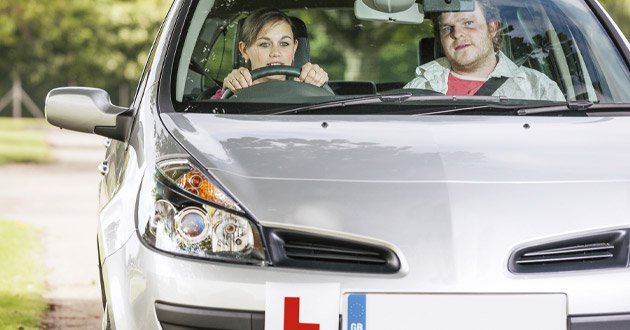
Published 3 August 2022 Last updated 17 January 2023 In this post, guest blogger Diane from L of a way 2 Pass shows how emotions can affect your ability to drive safely and confidently on the day of your driving test.
Read More

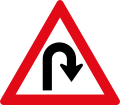

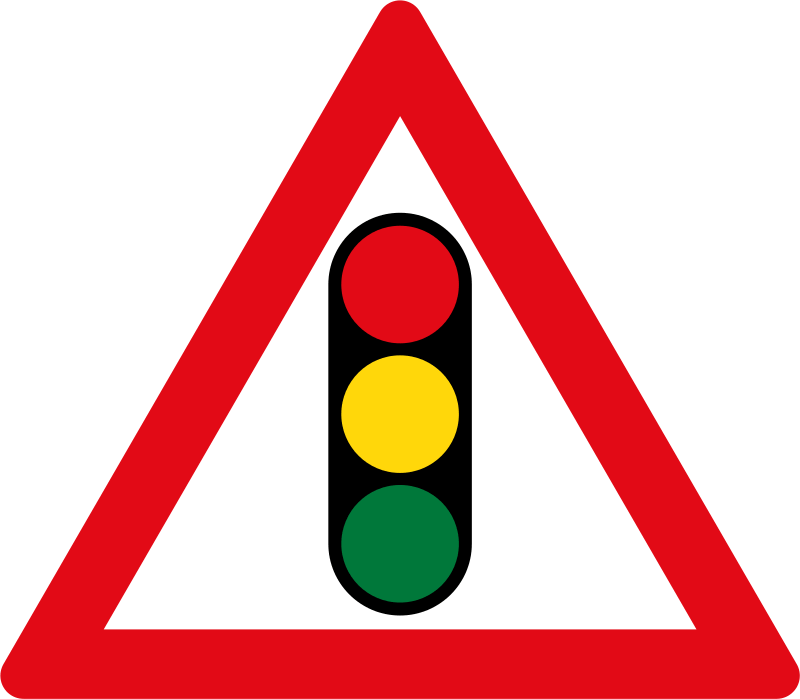
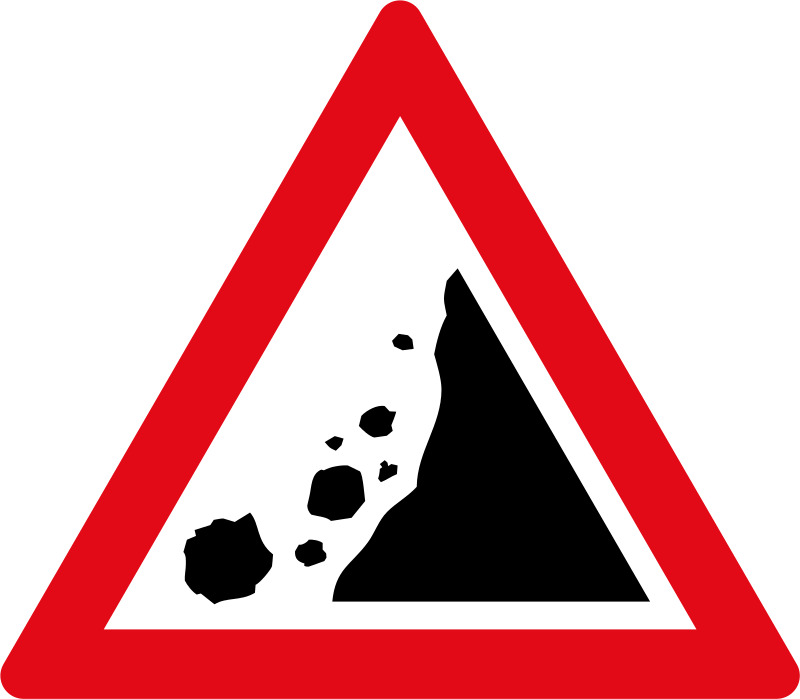
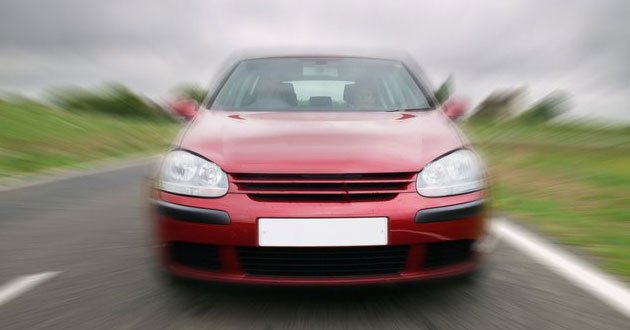
In this blog we take a look at the dangers of inappropriate speed. You'll learn how managing it protects you and other road users.
Throughout human history, the idea of travelling quickly has generally been seen as exciting as it is practical. If we were wandering around ancient Britain now, for example,
it would make a lot more sense to get around on horseback (the Porsche of its time!) than it would to walk.
In the same way, modern inventions such as planes, trains and cars have cut down journey times, made the world a smaller place and spared our legs some hefty hiking.
So far so good. But there are some situations where speed – particularly excessive or inappropriate speed – is far from a good idea. Yes, you’ve guessed it, I am talking about driving.
What is inappropriate speed?
You’re driving at inappropriate speed if your vehicle is either exceeding the speed limit or driving too fast for the road conditions.
The speed limit bit is obvious enough (speed limits are there for a reason!), but what does driving too fast for the road conditions mean? Well, what we’re talking about is any speed that is unsuited to the driving situation.
It’s a posh phrase, but all it means is that you’ve stopped moving at a safe speed for the conditions in which you’re driving. That could mean that the route is narrow, has blind bends, is full of children and pedestrians;
or it could mean that there’re potholes, fog, driving rain or heavy traffic.
It won’t surprise you to learn that a combination of speed and any of these things (and many others we don’t have space to list!) is dangerous.
It cuts down your reaction times and places you and other road users in danger. So, remember, the speed limit is not a target – it’s the maximum allowable speed at that point in your journey.
It doesn’t mean you should try to drive at that speed. The rule of thumb is keep your speed down, keep scanning for hazards and pay attention to conditions around your vehicle. The faster you go, the less chance you’ll have to slow down or stop when you meet hazards.

In this blog we take a look at the dangers of inappropriate speed. You'll learn how managing it protects you and other road users.
Throughout human history, the idea of travelling quickly has generally been seen as exciting as it is practical. If we were wandering around ancient Britain now, for example,
it would make a lot more sense to get around on horseback (the Porsche of its time!) than it would to walk.
In the same way, modern inventions such as planes, trains and cars have cut down journey times, made the world a smaller place and spared our legs some hefty hiking.
So far so good. But there are some situations where speed – particularly excessive or inappropriate speed – is far from a good idea. Yes, you’ve guessed it, I am talking about driving.
What is inappropriate speed?
You’re driving at inappropriate speed if your vehicle is either exceeding the speed limit or driving too fast for the road conditions.
The speed limit bit is obvious enough (speed limits are there for a reason!), but what does driving too fast for the road conditions mean? Well, what we’re talking about is any speed that is unsuited to the driving situation.
It’s a posh phrase, but all it means is that you’ve stopped moving at a safe speed for the conditions in which you’re driving. That could mean that the route is narrow, has blind bends, is full of children and pedestrians;
or it could mean that there’re potholes, fog, driving rain or heavy traffic.
It won’t surprise you to learn that a combination of speed and any of these things (and many others we don’t have space to list!) is dangerous.
It cuts down your reaction times and places you and other road users in danger. So, remember, the speed limit is not a target – it’s the maximum allowable speed at that point in your journey.
It doesn’t mean you should try to drive at that speed. The rule of thumb is keep your speed down, keep scanning for hazards and pay attention to conditions around your vehicle. The faster you go, the less chance you’ll have to slow down or stop when you meet hazards.

In this blog we take a look at the dangers of inappropriate speed. You'll learn how managing it protects you and other road users.
Throughout human history, the idea of travelling quickly has generally been seen as exciting as it is practical. If we were wandering around ancient Britain now, for example,
it would make a lot more sense to get around on horseback (the Porsche of its time!) than it would to walk.
In the same way, modern inventions such as planes, trains and cars have cut down journey times, made the world a smaller place and spared our legs some hefty hiking.
So far so good. But there are some situations where speed – particularly excessive or inappropriate speed – is far from a good idea. Yes, you’ve guessed it, I am talking about driving.
What is inappropriate speed?
You’re driving at inappropriate speed if your vehicle is either exceeding the speed limit or driving too fast for the road conditions.
The speed limit bit is obvious enough (speed limits are there for a reason!), but what does driving too fast for the road conditions mean? Well, what we’re talking about is any speed that is unsuited to the driving situation.
It’s a posh phrase, but all it means is that you’ve stopped moving at a safe speed for the conditions in which you’re driving. That could mean that the route is narrow, has blind bends, is full of children and pedestrians;
or it could mean that there’re potholes, fog, driving rain or heavy traffic.
It won’t surprise you to learn that a combination of speed and any of these things (and many others we don’t have space to list!) is dangerous.
It cuts down your reaction times and places you and other road users in danger. So, remember, the speed limit is not a target – it’s the maximum allowable speed at that point in your journey.
It doesn’t mean you should try to drive at that speed. The rule of thumb is keep your speed down, keep scanning for hazards and pay attention to conditions around your vehicle. The faster you go, the less chance you’ll have to slow down or stop when you meet hazards.
"Could you still pass your driver's test?" This thought-provoking question challenges individuals to reflect on their driving abilities. It prompts contemplation about the preparedness, knowledge, and skills required to successfully navigate the driver's test. This inquiry often encourages people to reassess their driving competence, emphasizing the importance of continued practice, awareness, and adherence to road safety regulations.
Driver tiredness and fatigue significantly jeopardize road safety. The impact of exhaustion on driving abilities cannot be overstated—it impairs alertness, slows reaction times, and diminishes decision-making skills. These factors drastically increase the risk of accidents on the road. It's crucial for drivers to recognize the dangers of driving while tired and prioritize adequate rest to ensure they're alert and capable behind the wheel, thereby safeguarding not only their own lives but also the well-being of fellow road users.
"Insert user-generated content or testimonial here. It could be a brief story or a positive comment about the blog content."
"Another user-generated content or testimonial."
"Another user-generated content or testimonial."